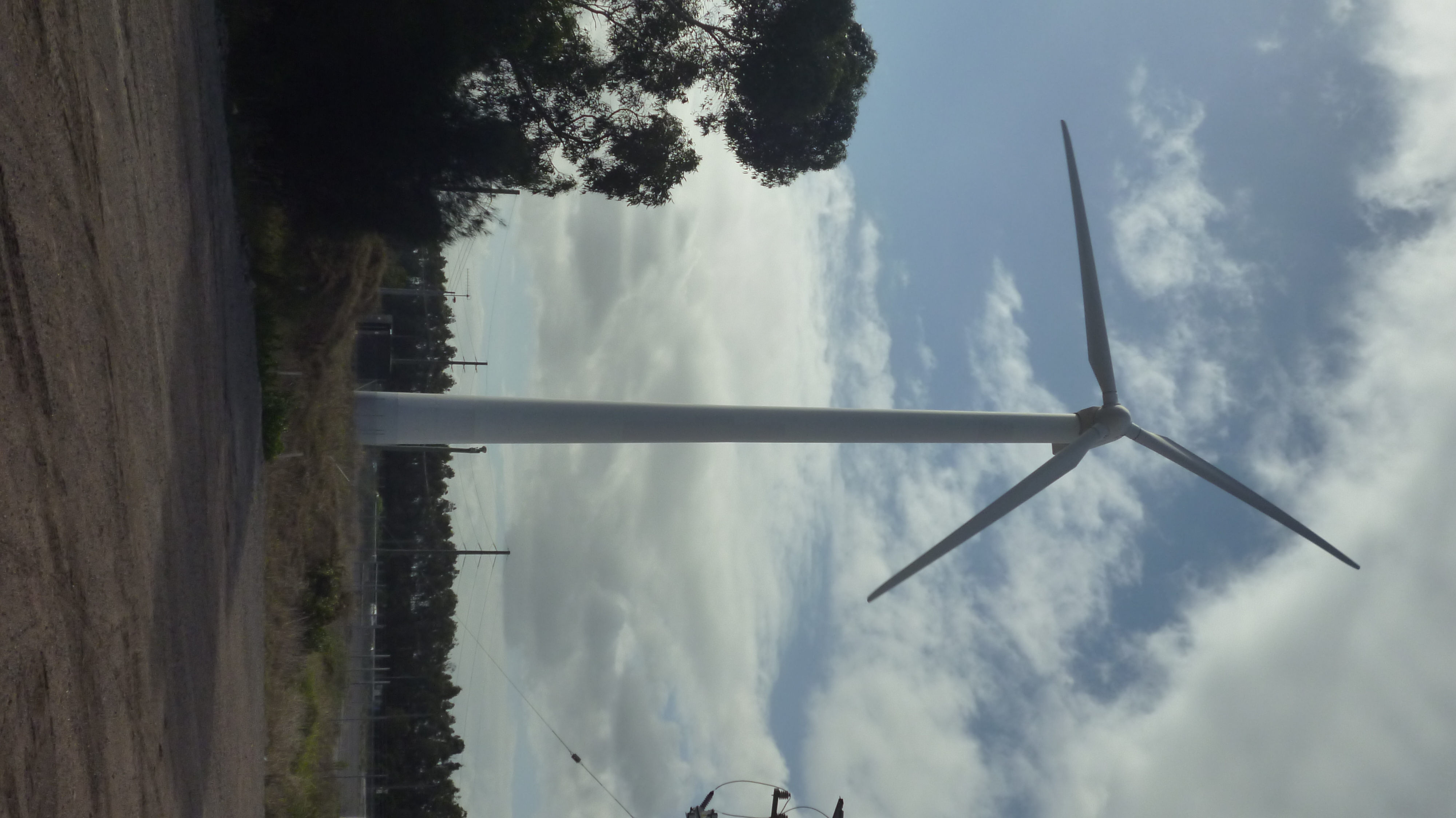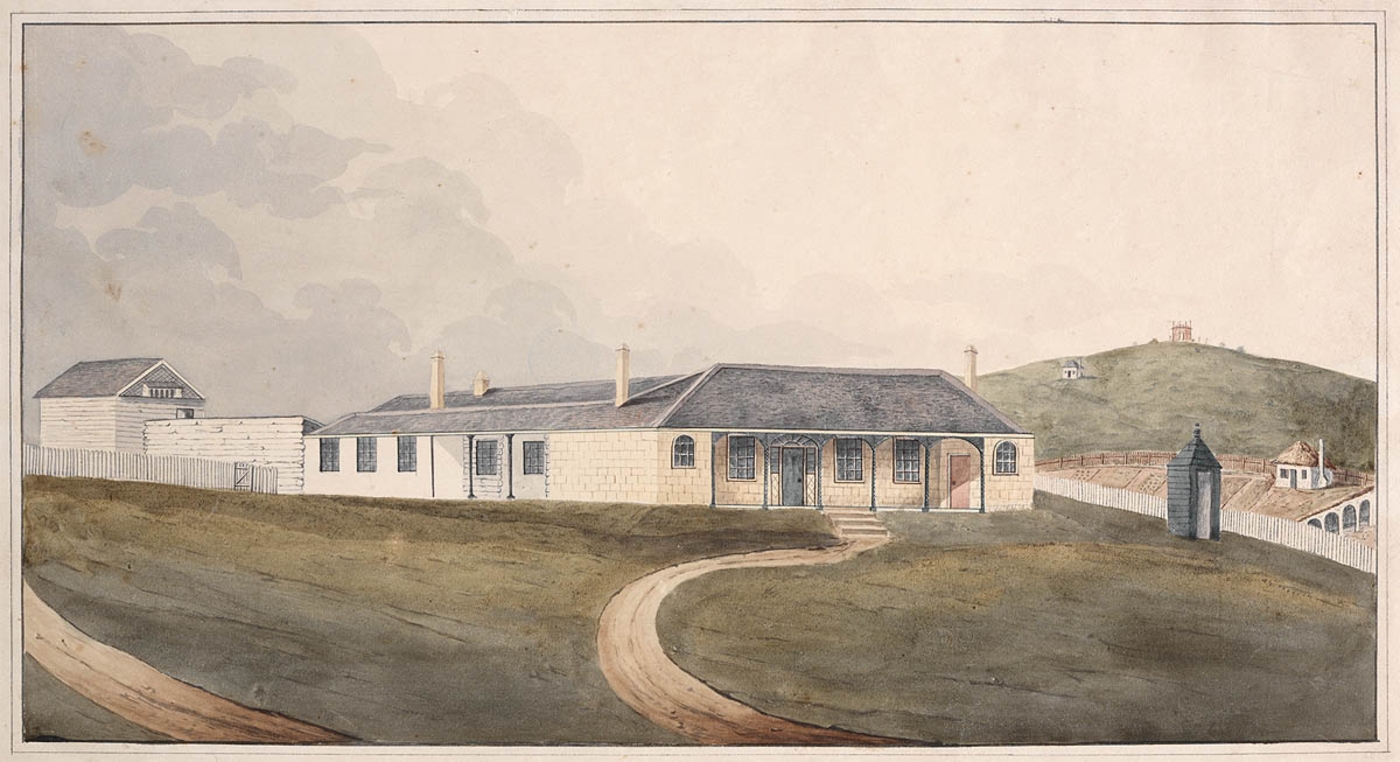|
Walsh Island, New South Wales
Walsh Island was a small island at the junction of the north and south arms of the Hunter River of New South Wales, Australia. The island was manmade as part of a land reclamation project in the late 1800s. The land was unused, until 1912 when it was announced as a site for a new Government Dockyard. The Walsh Island Dockyard was a major employer for Newcastle throughout the 1920s. The island was reclaimed by dredging and is now the eastern end of Kooragang Island Kooragang () is the northernmost and largest suburb of the city of Newcastle, in the Hunter Region of New South Wales, Australia. Dominated by Kooragang Island, the eastern part of the suburb is primarily industrial, while the western part of the .... Charting Map - County Gloucester sheet 2 The end of Kooragang Island, Walsh Point, is the only p ... [...More Info...] [...Related Items...] OR: [Wikipedia] [Google] [Baidu] |
Hunter River, New South Wales
The Hunter River (Wonnarua: ''Coquun'') is a major river in New South Wales, Australia. The Hunter River rises in the Liverpool Range and flows generally south and then east, reaching the Tasman Sea at Newcastle, the second largest city in New South Wales and a major harbour port. Its lower reaches form an open and trained mature wave dominated barrier estuary. Course and features The Hunter River rises on the western slopes of Mount Royal Range, part of the Liverpool Range, within Barrington Tops National Park, east of Murrurundi, and flows generally northwest and then southwest before being impounded by Lake Glenbawn; then flowing southwest and then east southeast before reaching its mouth of the Tasman Sea, in Newcastle between Nobbys Head and Stockton. The river is joined by ten tributaries upstream of Lake Glenbawn; and a further thirty-one tributaries downstream of the reservoir. The main tributaries are the Pages, Goulburn, Williams and the Paterson rivers and the M ... [...More Info...] [...Related Items...] OR: [Wikipedia] [Google] [Baidu] |
New South Wales
) , nickname = , image_map = New South Wales in Australia.svg , map_caption = Location of New South Wales in AustraliaCoordinates: , subdivision_type = Country , subdivision_name = Australia , established_title = Before federation , established_date = Colony of New South Wales , established_title2 = Establishment , established_date2 = 26 January 1788 , established_title3 = Responsible government , established_date3 = 6 June 1856 , established_title4 = Federation , established_date4 = 1 January 1901 , named_for = Wales , demonym = , capital = Sydney , largest_city = capital , coordinates = , admin_center = 128 local government areas , admin_center_type = Administration , leader_title1 = Monarch , leader_name1 = Charles III , leader_title2 = Governor , leader_name2 = Margaret Beazley , leader_title3 = Premier , leader_name3 = Dominic Perrottet (Liberal) , national_representation = Parliament of Australia , national_representation_type1 = Senat ... [...More Info...] [...Related Items...] OR: [Wikipedia] [Google] [Baidu] |
Walsh Island Dockyard And Engineering Works
The Walsh Island Dockyard and Engineering Works was a dockyard and engineering workshop established by the Government of New South Wales in 1913, at Walsh Island, Newcastle, Australia. The foundation stone was laid on 15 June 1913 by Arthur Griffith, the Minister for Works. The dockyard was constructed as a replacement for Sydney's Cockatoo Island Dockyard, that was taken over by the Federal Government in 1913. Forty-seven vessels were constructed at the dockyard, including a 15,000-ton floating dock. The engineering works fabricated bolts, castings and steel fabrication work. It assembled electric carriages for the New South Wales Government Railways as well as trams. The dockyard was eventually abandoned in 1933 after the great depression and was dismantled and relocated to the new State Dockyard at Dyke End, Carrington. Ships built at Walsh Island Dockyard *SS ''Mildred'' (1914) *SS ''Delungra'' (1919) *SS ''Enoggera'' (1920) *SS ''Eurelia'' (1920) *SS ''Eromanga'' (1921) * S ... [...More Info...] [...Related Items...] OR: [Wikipedia] [Google] [Baidu] |
Dredging
Dredging is the excavation of material from a water environment. Possible reasons for dredging include improving existing water features; reshaping land and water features to alter drainage, navigability, and commercial use; constructing dams, dikes, and other controls for streams and shorelines; and recovering valuable mineral deposits or marine life having commercial value. In all but a few situations the excavation is undertaken by a specialist floating plant, known as a dredger. Dredging is carried out in many different locations and for many different purposes, but the main objectives are usually to recover material of value or use, or to create a greater depth of water. Dredges have been classified as suction or mechanical. Dredging has significant environmental impacts: it can disturb marine sediments, leading to both short- and long-term water pollution, destroy important seabed ecosystems, and can release human-sourced toxins captured in the sediment. Description ... [...More Info...] [...Related Items...] OR: [Wikipedia] [Google] [Baidu] |
Kooragang Island
Kooragang () is the northernmost and largest suburb of the city of Newcastle, in the Hunter Region of New South Wales, Australia. Dominated by Kooragang Island, the eastern part of the suburb is primarily industrial, while the western part of the suburb consists of nature reserves. Covering an area of , at the , there were no people living in the suburb. Geography Kooragang extends from in the southeast, to the eastern bridge at Although known as the "Hexham bridge", there are actually two bridges crossing the Hunter River. Both are in the suburb of Tarro with the north and south ends of the bridges in Tomago and Hexham respectively. in the northwest, a distance of . Except for a small portion of land in Hexham, the north and south arms of the Hunter River forms Kooragang's borders. At its greatest, the suburb is approximately from southwest – northeast. Vehicular access to Kooragang is via three bridges. From the Tourle Street Bridge is the primary access to Kooragang, Sto ... [...More Info...] [...Related Items...] OR: [Wikipedia] [Google] [Baidu] |
History Of Newcastle, New South Wales
Archaeological evidence indicates that human beings have inhabited the area around Newcastle, New South Wales for at least 6500 years. In 2009, archaeologist uncovered over 5,534 Aboriginal artefacts, representing three occupation periods. In the 1820s, the Lancelot Threlkeld, Reverend Lancelot Threlkeld worked with local Awabakal man Biraban to record the Awabakal language. Since 1892, the Indigenous people of Newcastle have come to be known as the Awabakal. The first European to explore the area was Lieutenant John Shortland in September 1797. He had been sent in search of convicts who had seized sailing from Sydney Cove. On his return, Lt. Shortland entered "a very fine coal river", which he named after New South Wales' Governor, John Hunter (Royal Navy officer), John Hunter. The coal mined from the area was the New South Wales colony's first export. Newcastle gained a reputation as a "hellhole" as it was where the most dangerous convicts were sent to dig in the coal mines as ... [...More Info...] [...Related Items...] OR: [Wikipedia] [Google] [Baidu] |

.png)

